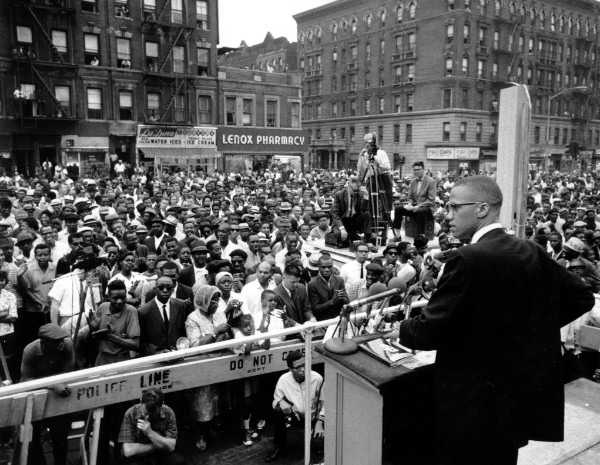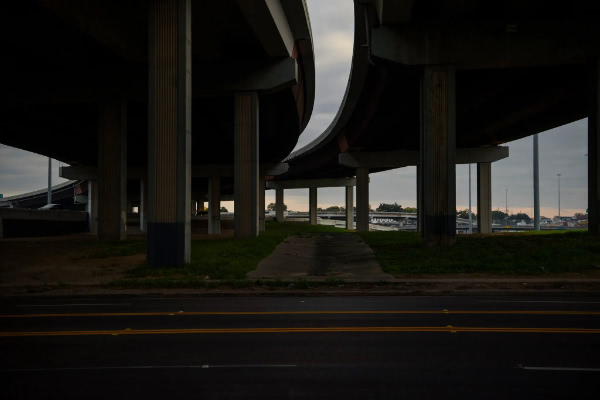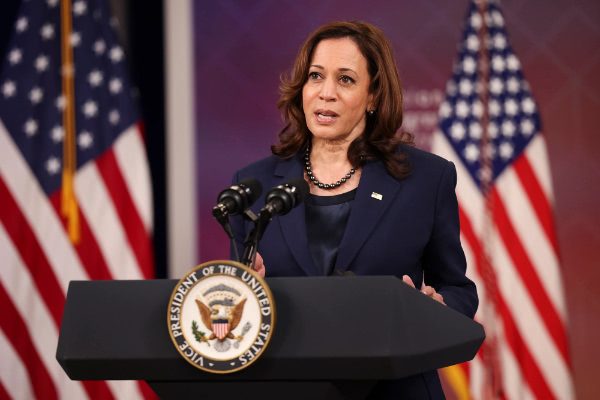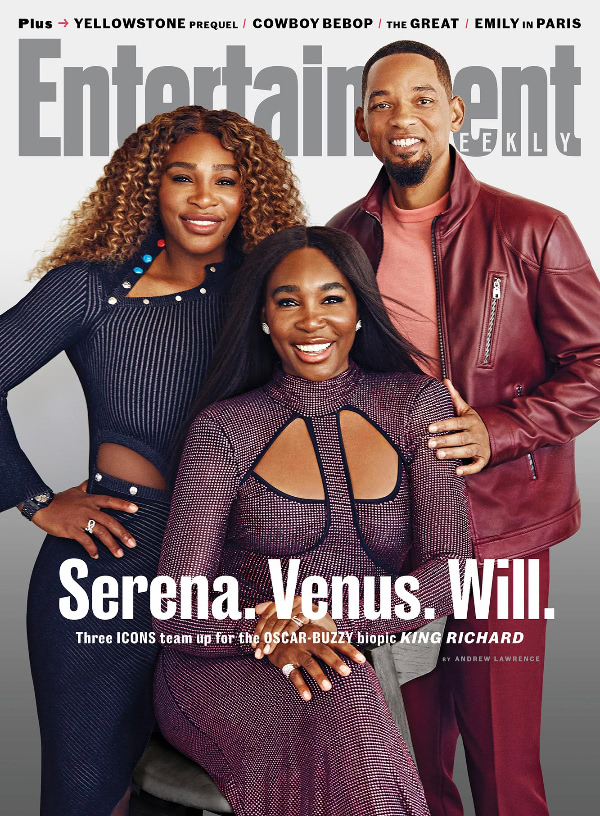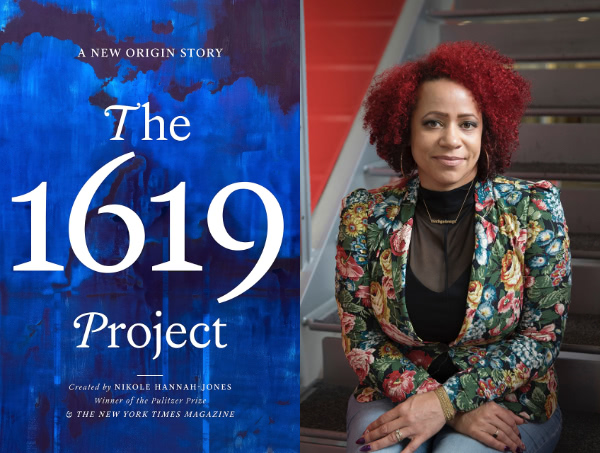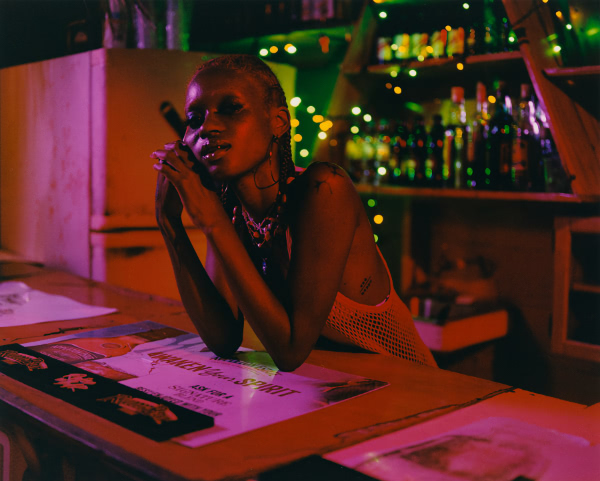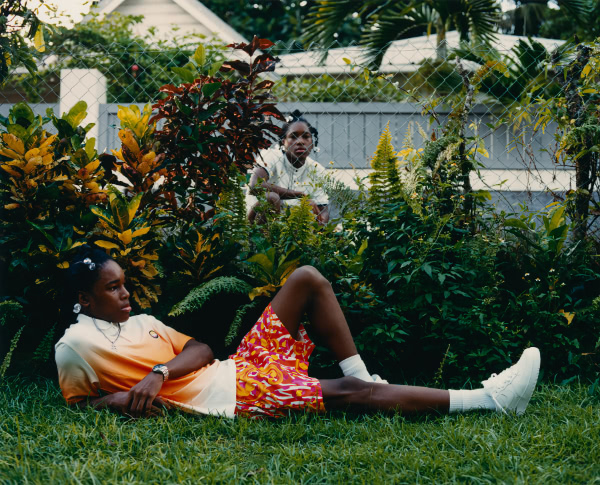Two Men Exonerated In Malcolm X’s Killing
You’ve no doubt heard some of the details: The two men, Muhammad A. Aziz and Khalil Islam, had solid alibis and one of the real gunmen, Mujahid Abdul Halim, confessed on the witness stand and swore they weren’t involved. Despite this, both were found guilty and sentenced to life in prison.
Their exoneration comes after a 22-month investigation by the New York attorney general’s office concluded they were likely convicted because the FBI and the New York Police Department withheld key evidence pointing to their innocence.
Although their names have been cleared, there are still a lot of unanswered questions.
What role, if any, did the Nation of Islam’s leadership play in the killing?
The F.B.I.?
The New York Police Department?
And what of William Bradley, the man experts believe fired the lethal shotgun blast at Malcolm? Why was he never charged?
Mr. Bradley, who died in 2018, denied he was involved. He was first identified by first name as one of the assassins in a 1977 affidavit by Mujahid Abdul Halim (previously Talmadge Hayer), who in 1966 confessed to being part of the team that killed Malcolm X.
A high school baseball star and later a Green Beret, Mr. Bradley was known as an enforcer on the Newark mosque’s muscle team, or goon squad. He served time behind bars for conspiracy, drug dealing and making “terroristic threats,” before being released in 1998.
Later, he turned his life around. He changed his name to Al-Mustafa Shabazz, married a prominent Newark civic leader named Carolyn Kelley, and appeared in a campaign ad for the Newark mayor Cory Booker, who went on to become a United States senator. […]
Though Mr. Bradley was known to the F.B.I. as early as 1963, his name never came up in the trial that sent Mr. Aziz and Mr. Islam to prison.
Either way, Mr. Shabazz continued to live openly in Newark. A 2015 article in the Daily News found him, at 76, driving a Mercedes and living in a pleasant neighborhood.
This isn’t even the half of it. The Times has a round-up of their extensive reporting on the investigation’s findings here.
Racial Equity in Infrastructure, a U.S. Goal, Is Left to States
How and where the money in Biden’s trillion-dollar infrastructure plan will be spent is largely up to the states.
Zolan Kanno-Youngs and Madeleine Ngo, reporting for the Times:
The administration has said it aims to repair the damage from the United States’ history of racial disparities in how the government builds, repairs and locates physical infrastructure. In the 1950s and 1960s, highway projects often targeted Black neighborhoods, destroying cultural and economic centers and bringing decades of environmental harm. State and local officials often steered roads through Black communities, isolating them from parks or economic gain.
The task is complicated by a tangle of competing priorities. Some state and local governments might not share the Biden administration’s vision for racial equity; others might be aligned with the president politically, but would choose to spend the money differently.
How the Real Estate Boom Left Black Neighborhoods Behind
Vanessa Gregory, writing for the Times:
Owner-occupied homes in predominantly African American neighborhoods are worth, on average, half as much as those in neighborhoods with no Black residents, according to a 2018 Brookings Institution and Gallup report that examined metropolitan areas. From 1980 to 2015, homes in white neighborhoods appreciated at twice the rate of those in communities of color, according to another recent study. And these discrepancies cannot fully be explained by objective differences, such as crime rate, poverty levels and neighborhood amenities.
Inside Kamala Harris’s frustrating start as vice president
Edward-Isaac Dovere and Jasmine Wright, writing for CNN:
When Biden picked Harris as his running mate, he was essentially anointing her as the future of the Democratic Party. Now many of those close to her feel like he’s shirking his political duties to promote her, and essentially setting her up to fail. Her fans are panicked, watching her poll numbers sink even lower than Biden’s, worrying that even the base Democratic vote is starting to give up on her.
Will Smith, Venus Williams, and Serena Williams on the journey of making ‘King Richard’
Andrew Lawrence interviews Serena, Venus, and Will for Entertainment Weekly:
“It was an honor for me to be able to just slow it down a little bit and show people how special his mind and his belief and his faith were,” Smith says. “He was a long way from a perfect man, but [he was] perfect in his belief and his love and his passion and his cultivation of his family. Imagine that at the height of Michael Jordan going for six championships in Chicago, his brother was on the team he was playing against in Los Angeles. It’s like Tiger Woods is number one and his brother is number two. It’s impossible. Right?”
It’s a tale Serena herself will be sharing with [her daughter] little Olympia when she’s old enough. “She gets to see what Mommy was like,” Serena says. “I always wondered how I would explain my life. Like, how will I even start that conversation? This is the perfect way.”
King Richard premieres tonight, in theaters and on HBO Max.
Why Giannis Antetokounmpo Chose the Path of Most Resistance
Zach Baron speaks with GQ’s Athlete of the Year Giannis Antetokounmpo:
By now, much of his story is known. How he was discovered as a gangly kid running around an Athens playground; how he didn’t touch a basketball until he was 13. How he had yet to become even the best player on his second-division Greek team when he was drafted in 2013 by the Milwaukee Bucks, who picked him at 15. […]
Who was this guy? Would he be any good? Well, this is what happened next: Most Improved Player (2017), Defensive Player of the Year (2020), two MVP awards (2019, 2020), and an NBA championship this past July. A journey unfathomable in its sheer improbability, its storybook ending, an ending that may in fact be just the beginning of something even more grand and unlikely.
Quilters in the Mississippi Delta Work to Keep the Tradition Alive
See also: Tutwiler Community Education Center
‘The 1619 Project’ - A Landmark Reckoning With America’s Racial Past and Present
Author and historian Adam Hochschild reviews Nikole Hannah-Jones’s The 1619 Project, an expanded version of the project adapted into book form:
Part of the book’s depth lies in the way it offers unexpected links between past and present. New Yorkers, for instance, have long protested that the city Police Department’s “stop and frisk” searches for contraband or guns disproportionally snag people of color. But how many had connected it, as Leslie Alexander and Michelle Alexander do here, to the slave patrols of the old South, in which groups of armed white men routinely barged into the cabins of enslaved men and women to hunt for stolen goods or “anything they judged could be used as a weapon”?
See also: Nikole Hannah-Jones tells a new origin story with ‘The 1619 Project’
Photographer Jeano Edwards’s ‘EverWonderful’
Anna Schneider for Booooooom (yeah, seven o’s):
Jeano Edwards is a Jamaican-born filmmaker and photographer, currently based in Brooklyn, New York. His practice is a meditation on the elusive concept of “home,” exploring the idea as an ever-changing sense of belonging as opposed to a fixed residence or location. His recently published photobook, “EverWonderful,” takes place during summers spent in Jamaica over the course of the last three years. Using the image-making process to examine his identity and unpack a complex cultural aesthetic, Edwards’ images reflect on what he describes as “the quaint, mundane beauty” he finds throughout his country of origin.
Thanks for reading. See you next week.

